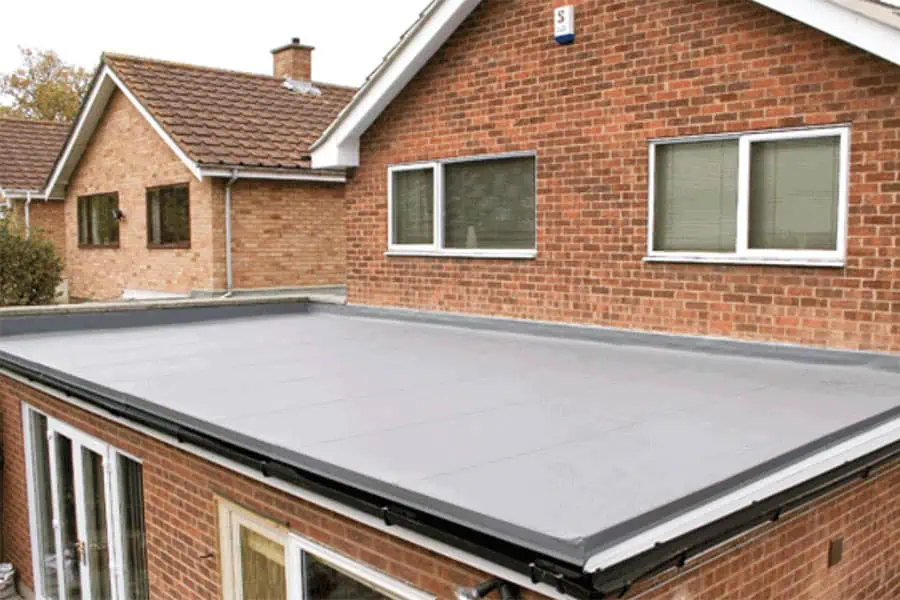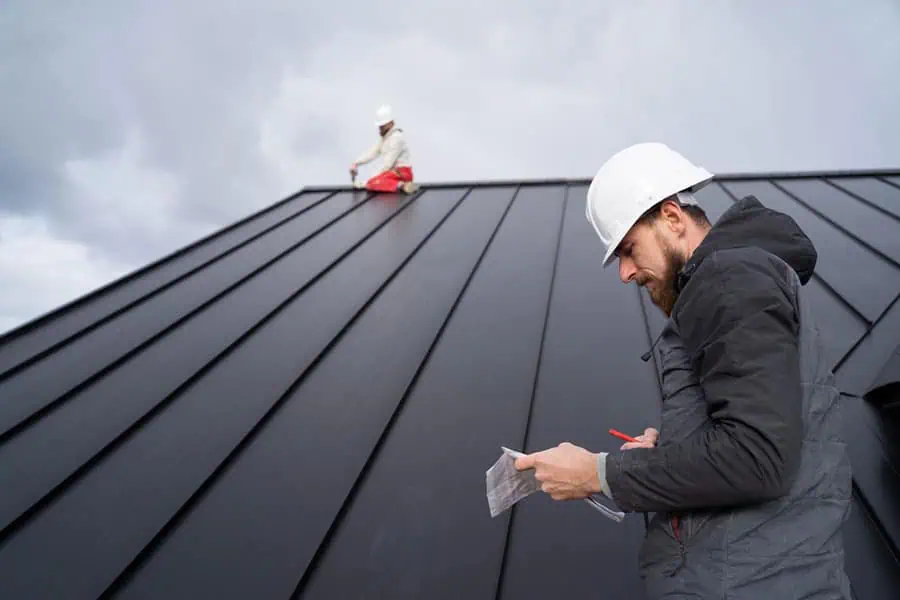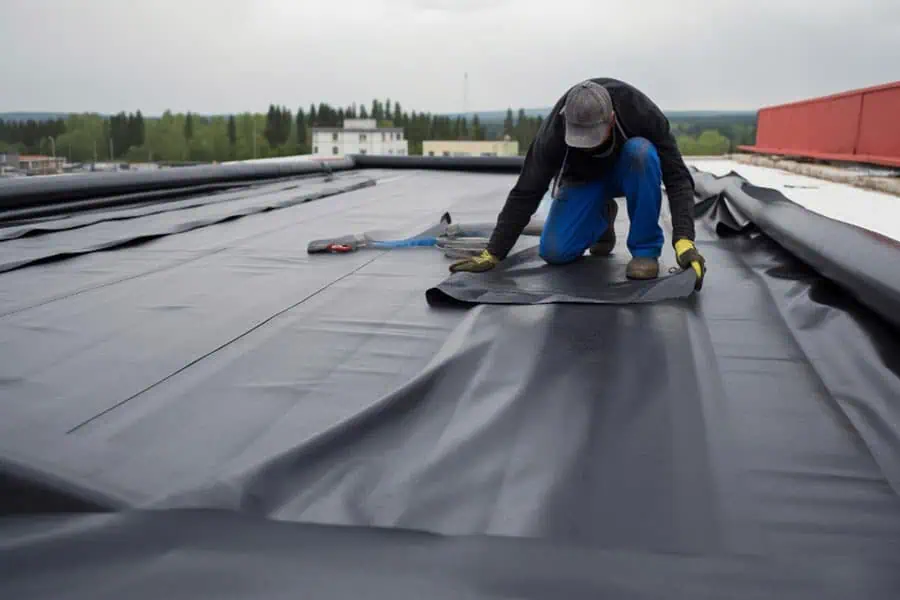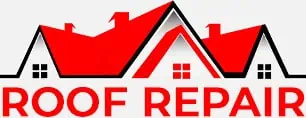Flat Roofs Tampa

Introduction
Flat roof repair refers to the process of fixing and maintaining roofs with minimal slope, typically found on commercial buildings and some residential structures. While flat roofs offer certain advantages, they are prone to specific issues that require regular maintenance and occasional repairs to ensure their longevity and effectiveness.
Flat roofs, despite their name, typically have a slight pitch of 1/4 to 1/2 inch per foot to allow for water drainage. These roofs are common in commercial buildings and some modern residential designs due to their cost-effectiveness, ease of installation, and ability to maximize interior space. However, they require regular maintenance and can develop unique problems that necessitate repairs.
Types of Flat Roofs
Several materials are commonly used for flat roofs, each with its own characteristics and repair requirements:
- Built-up Roof (BUR): Consists of alternating layers of bitumen and reinforcing fabric, topped with gravel.
- Modified Bitumen: A single-ply rolled roof similar to ice-and-water shield, with a mineral-based wear surface.
- EPDM (Ethylene Propylene Diene Monomer): A synthetic rubber membrane known for its durability and flexibility.
- TPO (Thermoplastic Polyolefin): A single-ply roofing membrane that is energy-efficient and UV-resistant.
- PVC (Polyvinyl Chloride): A durable thermoplastic material resistant to chemicals and extreme temperatures.

Common Flat Roof Problems
Flat roofs are susceptible to several issues that may require repair:
- Leaks and water damage: Often caused by cracks, holes, or failed seams.
- Ponding water: Occurs when water accumulates and doesn’t drain within 48-72 hours.
- Blistering and bubbling: Caused by trapped air or moisture beneath the roofing material.
- Cracking and splitting: Often due to weathering, thermal movement, or poor installation.
- Shrinkage: Particularly common in EPDM roofs.
Flat Roof Repair Materials
Various materials are used in flat roof repairs, depending on the roof type and extent of damage:
Flat Roof Repair Techniques
Common repair techniques include:
- Patching small holes and cracks: Using roofing cement or specialized patches.
- Repairing blisters and bubbles: Cutting open the blister, drying the area, and applying roofing cement.
- Addressing ponding water issues: Improving drainage or using specialized coatings.
- Fixing membrane seams: Using adhesive or heat-welding techniques.
- Applying roof coatings: To extend the life of the roof and improve waterproofing.
DIY Flat Roof Repair
While some minor repairs can be done by property owners, it’s crucial to exercise caution:
- Safety precautions: Use proper fall protection and ensure ladder safety.
- Tools and equipment: Common tools include a utility knife, roofing trowel, and caulking gun.
- When to call a professional: For extensive damage, structural issues, or if unsure about the repair process.
Professional Flat Roof Repair
Hiring a professional roofer offers several advantages:
- Expertise in identifying and addressing underlying issues
- Access to high-quality materials and specialized equipment
- Warranty on workmanship and materials
- Compliance with local building codes and regulations
Preventive Maintenance for Flat Roofs
Regular maintenance can prevent many flat roof problems:
- Conduct bi-annual inspections (spring and fall)
- Keep the roof clean and free of debris
- Ensure proper drainage
- Address minor issues promptly to prevent larger problems

Flat Roof Replacement vs. Repair
Factors to consider when deciding between repair and replacement:
- Age of the roof
- Extent and frequency of damage
- Cost comparison between repair and replacement
- Long-term plans for the building
Innovations in Flat Roof Repair
Recent advancements in flat roof repair include:
- Advanced synthetic materials with improved durability
- Eco-friendly and energy-efficient roofing solutions
- Improved application techniques for faster, more effective repairs
Conclusion
Flat roof repair is an essential aspect of building maintenance. While flat roofs offer many advantages, they require regular attention to ensure their longevity and effectiveness. Property owners should be aware of common issues, maintenance requirements, and when to seek professional help to keep their flat roofs in optimal condition.
